The Intelligent Mobility Summit 2019 by Frost & Sullivan looked at mobility transformation in India.
Story by:
Anwesh Koley and Deepti Thore
At the Frost & Sullivan Intelligent Mobility Summit 2019 held at New Delhi recently, industry leaders and other stakeholders came together to delve on mobility transformation in India. With a theme, ‘Transformation of mobility in India: New business models and Growth opportunities’, the summit saw industry leaders and visionaries speak about the changes influencing mobility, and deliberate on new monetisation opportunities. Touching various aspects of future mobility in India, industry experts spoke about the convergence of autonomous, connected, electric and shared mobility technologies. They stressed on technology developments as per the Indian duty cycles and multimodal connectivity. Anil Srivastava, Principal Consultant & Mission Director, National Mission on Transformative Mobility & Battery Storage, NITI Aayog said that the Government is creating a supportive regulatory and infrastructural environment for the future of mobility. Pravin L. Agrawal, Joint Secretary, Department of Heavy Industry, Government of India, emphasised on the retrofitment of old models with electric drivelines. He called for the designing of new business models for last-mile connectivity and shared mobility.
Focusing on how technology is changing the Indian mobility scenario, the summit had four panel discussions on topics such as mobility transformation, future of mobility (OEM perspective), changing customer aspirations and opportunities, supplier and MSME opportunities. Besides connected, autonomous, shared & electric mobility (from CV perspective) were also focused on. Touching on the opportunities for collaborative development, the panel discussions saw participants share their views on several stakeholder opportunities. Witnessing the participation of panelists from the non-automotive background, the summit saw new and emerging business models being discussed. Stressed a participant in the panel discussion that subscription-based models and rental as well as leasing models were gaining prominence. Another participant called for greater collaboration among the private and public sectors. The growing need for localisation of technologies was also discussed. Emphasising the importance of electrification in India, Vinay Piparsania, Consulting Director – Automotive, CounterPoint, said that driven by government initiatives such as FAME II, the push towards sustainable e-mobility is driving investment in electrification, shared mobility and connected vehicles.
Drawing attention to the shift towards mobile network powered by smart connectivity, Piparsania stressed on the need to collaborate with young start-ups active in data analytics to share data and generate valuable information that can give insights on customer preferences and expectations. Quipped Kunal Khattar, Managing Partner, advantEdge Founders, about e-rickshaws, “They are fast rising in numbers.” He drew attention to e-rickshaws ferrying around 75 million passengers in the country every day. Speaking about the trends currently powering a shift in mobility dynamics, Sarwant Singh, Managing Partner, Frost & Sullivan, opined that the mobility ecosystem is widening. It is leading to the generation of much more data than smartphones, he added. Touching upon the need to store data and process it, Singh said it would lead to the founding of new industries. Announcing that new players will come in, Singh opined that the industry is finding ways to monetise data. 5G and IoT will play an important role in this, he stated.
Expecting autonomous tech to play an increasing role, Sarwant Singh mentioned it would take a few years for technology to mature. Demand-responsive transport and mobility as a service is gaining prominence, he stated. In one of the panel discussions, a panelist drew attention to industry segments that are keen to adopt electrification. Another participant touched upon subscription-based models and rental and leasing models taking over traditional models and vehicle ownership. Mentioned a panelist that there was a need to derive best practices to promote collaboration, co-operation, and cohesion across businesses, and to achieve localisation. Said Abhishek Naranayan, Program Manager- Mobility, Frost & Sullivan, “Over the past few years, mobility modes like ride-hailing, car-sharing and car-pooling already have functioning business models. Autonomous mobility will lead to more disruptive business models owing to fundamentally lower costs of driving.”
Sharing his views on the mobility disruption expected in the near future, Abhishek Narayanan said that the leasing industry in India is at an early stage of development with less than one-per cent penetration of the total market. “Currently, almost all of the business comes from corporate and commercial businesses with the retail segment untapped.” This due to various factors such as low customer awareness, cultural preference of owning a vehicle as a status symbol rather than renting it out. This is one major reason for the Indian automobile market to be dominated by loans and credit products,”averred Narayanan. He also discussed the key trends in the Indian vehicle leasing marketplace, existing best practices and identified innovative business models and future trends. In the panel discussions with the agenda, ‘Vehicle lifecycle management – purchase journey, ownership management, and second life opportunities’, it was agreed upon that the new automotive value chain would evolve in terms of service, maintenance, and second life, all bundled into a common overarching value proposition.
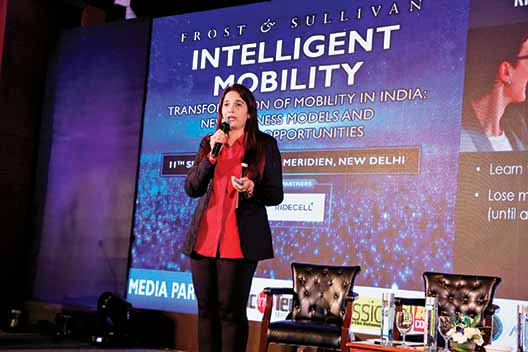 Expressed KK Gandhi, Convener, Centre for Auto Policy & Research, that data will play a key role in vehicle lifecycle management. “IoT, connected technologies and other data attributes will define ownership trends and purchase experiences of customers in the times to come,” he said. He drew attention to the concept of vehicle ownership is shifting from TCO to Total Cost of Mobility, Avinash Gupte, COO, Leasing, Avis India, said, “Not many are seriously looking at fleet management services at this point.” He also emphasised on people opening up to the concept of a multi-modal transportation system and the concept of ride-sharing for intra-city travel. With the changing mindset of customers, the retail scene, he opined is changing with the dealership business becoming more emotional than transactional. Raghu Nayak, MD, Porsche Centre, Bangalore, shared his view on how the OEM approach had changed. He gave an example of players like Maruti Suzuki creating a separate ‘premium’ looking network of Nexa retail showrooms in addition to overhauling their existing outlets to be more vibrant ‘Arena’ format.
Expressed KK Gandhi, Convener, Centre for Auto Policy & Research, that data will play a key role in vehicle lifecycle management. “IoT, connected technologies and other data attributes will define ownership trends and purchase experiences of customers in the times to come,” he said. He drew attention to the concept of vehicle ownership is shifting from TCO to Total Cost of Mobility, Avinash Gupte, COO, Leasing, Avis India, said, “Not many are seriously looking at fleet management services at this point.” He also emphasised on people opening up to the concept of a multi-modal transportation system and the concept of ride-sharing for intra-city travel. With the changing mindset of customers, the retail scene, he opined is changing with the dealership business becoming more emotional than transactional. Raghu Nayak, MD, Porsche Centre, Bangalore, shared his view on how the OEM approach had changed. He gave an example of players like Maruti Suzuki creating a separate ‘premium’ looking network of Nexa retail showrooms in addition to overhauling their existing outlets to be more vibrant ‘Arena’ format.
Satendra Kumar, Program Manager, Mobility, Frost & Sullivan concluded the session by mentioning that ride-sharing doesn’t affect vehicle ownership patterns that significantly. He said, “People, for instance, in the luxury segment, are buying cars despite the rise in shared mobility.” India still has huge headroom to grow its vehicle portfolio, he added giving hope to ancillary companies. With innovative business models offering new avenues to generate revenues, Kumar averred that there was a need for automotive and non-automotive participants such as energy utilities, healthcare, insurance, and others to collaborate. Such a development, he explained, would lead to the establishment of an ecosystem with the participation of industry stakeholders, government authorities, policymakers, and new mobility service providers. Drawing attention to recent announcements by Union Finance Minister Nirmala Sitharaman, Kumar said that the switch to electric vehicles would happen over time. New mobility services are causing a deep impact on vehicle ownership, he said. ACI


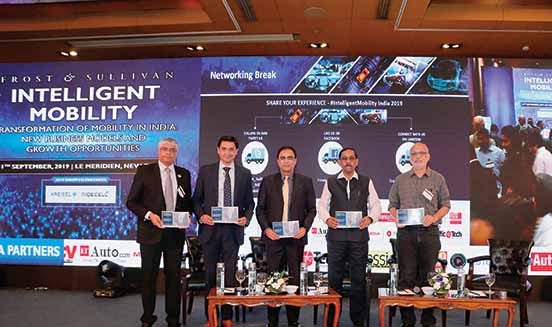





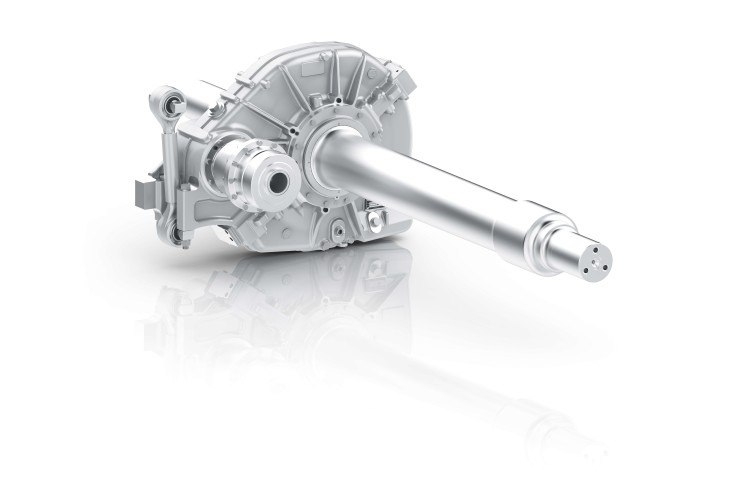
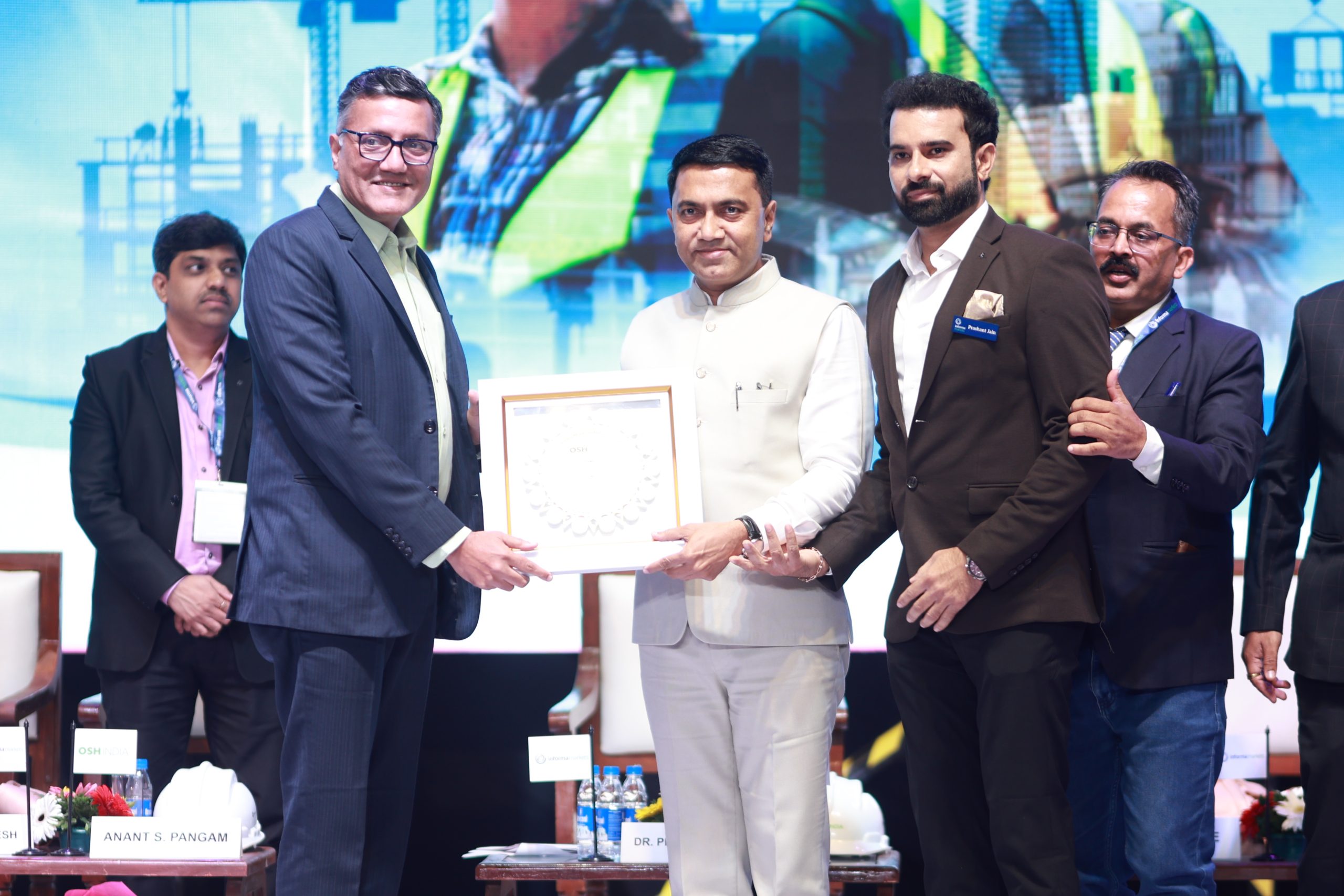
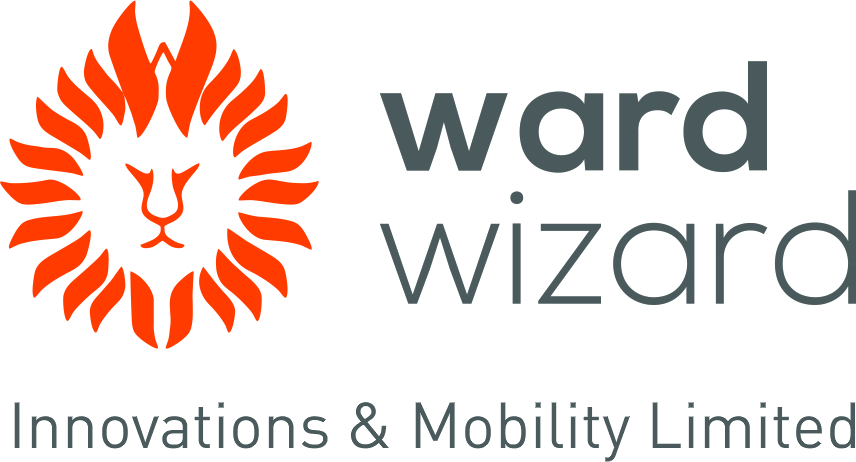





Leave a Reply